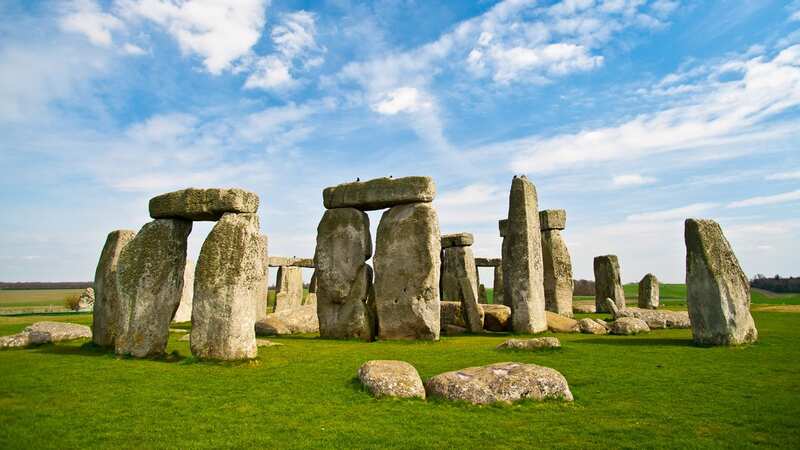

The secrets of one of Britain's most iconic monuments may have finally been revealed.
Built by ancient Britons thousands of years ago, the real purpose of Stonehenge has puzzled historians and scientists for centuries - with theories ranging from a burial ground to a place of worship or even stargazing. The unique arrangement of the stones and their alignment with the sunrise and sunset during the summer and winter solstices have left many scratching their heads.
But the great mystery may have now been solved after a recent study involving a 3D printed model of the famous megalith has left scientists intrigued. Researchers from the University of Salford created the model to investigate how Stonehenge's structure would have affected sounds coming from within it, finding it more or less soundproof.
 The 3D printed model of Stonehenge explored how the acoustics of the structure would have worked (University of Salford)
The 3D printed model of Stonehenge explored how the acoustics of the structure would have worked (University of Salford)Interestingly, they found that due to the placement of the stones, speech and music wouldn't have projected beyond the structure itself. Sound engineer Trevor Cox and his team used laser scans of the site to print a 3D model, creating a miniature version of the monument.
The model, nicknamed "Stonehenge Lego" by Cox, was built assuming the original monument had 30 sarsen stones. Today's Stonehenge has 63 complete stones, including 17 standing sarsen stones in the outer circle.
 Tripadvisor reviewers slam Stonehenge as just a 'pile of rocks'
Tripadvisor reviewers slam Stonehenge as just a 'pile of rocks'
The team estimated a total of 157 stones erected at the site 5,000 years ago, printing 27 stones of various shapes and sizes. Using silicone moulds of these stones, they mixed plaster and other materials to recreate the remaining 130 items.
Each stone was designed to minimise sound absorption, similar to the real Stonehenge stones, Daily Express reports. In 2020, the team placed speakers and microphones around the construction and projected sounds into it, from low to high frequencies.
Despite Stonehenge's many gaps, the sounds stayed inside the scale model for a short while. Reverberation time, a measure of how long it takes sound to decay by 60 decibels, averaged about 0.6 seconds inside the model for mid-frequency sounds.
Stonehenge, built by ancient Britons thousands of years ago, has puzzled researchers for centuries. They've wondered if it was used as a burial ground, a place to observe the night sky, or even a place of worship.
The circular formation of the stones and their alignment with the sunrise and sunset during the summer and winter solstices have left scientists baffled. Many attempts have been made to understand Stonehenge, with fieldwork revealing an array of relics and items.
* An AI tool was used to add an extra layer to the editing process for this story. You can report any errors to webhomepage@mirror.co.uk